The age-old debate about why horses need shoes, while their wild counterparts do not, invites a deeper exploration into hoof care, terrain, and lifestyles. While it may seem that every horse should wear shoes due to their utility and strength, the reality is much more complex. This article delves into the world of equine footwear, highlighting the practical reasons behind domesticated horses sporting shoes, while their wild relatives flourish without them.
The Anatomy of a Horse’s Hoof
The first step in understanding why horses need shoes is to explore the anatomy of a horse’s hoof. A horse’s hoof consists of several key components: the hoof wall, sole, frog, and digital cushion. The hoof wall is made up of a tough keratin substance that protects the inner structures and provides strength. Wild horses, roaming free on varied terrains, develop hardier hooves adapted to their environments.
Adaptations of Wild Horses
Wild horses, like the mustangs in North America, typically live on rough terrains where their hooves can wear down naturally. This natural wear keeps their hooves healthy and strong. For example, it is not uncommon for wild horses to have hooves that are resilient to rocky or sandy conditions, thanks to their constant movement across diverse landscapes.
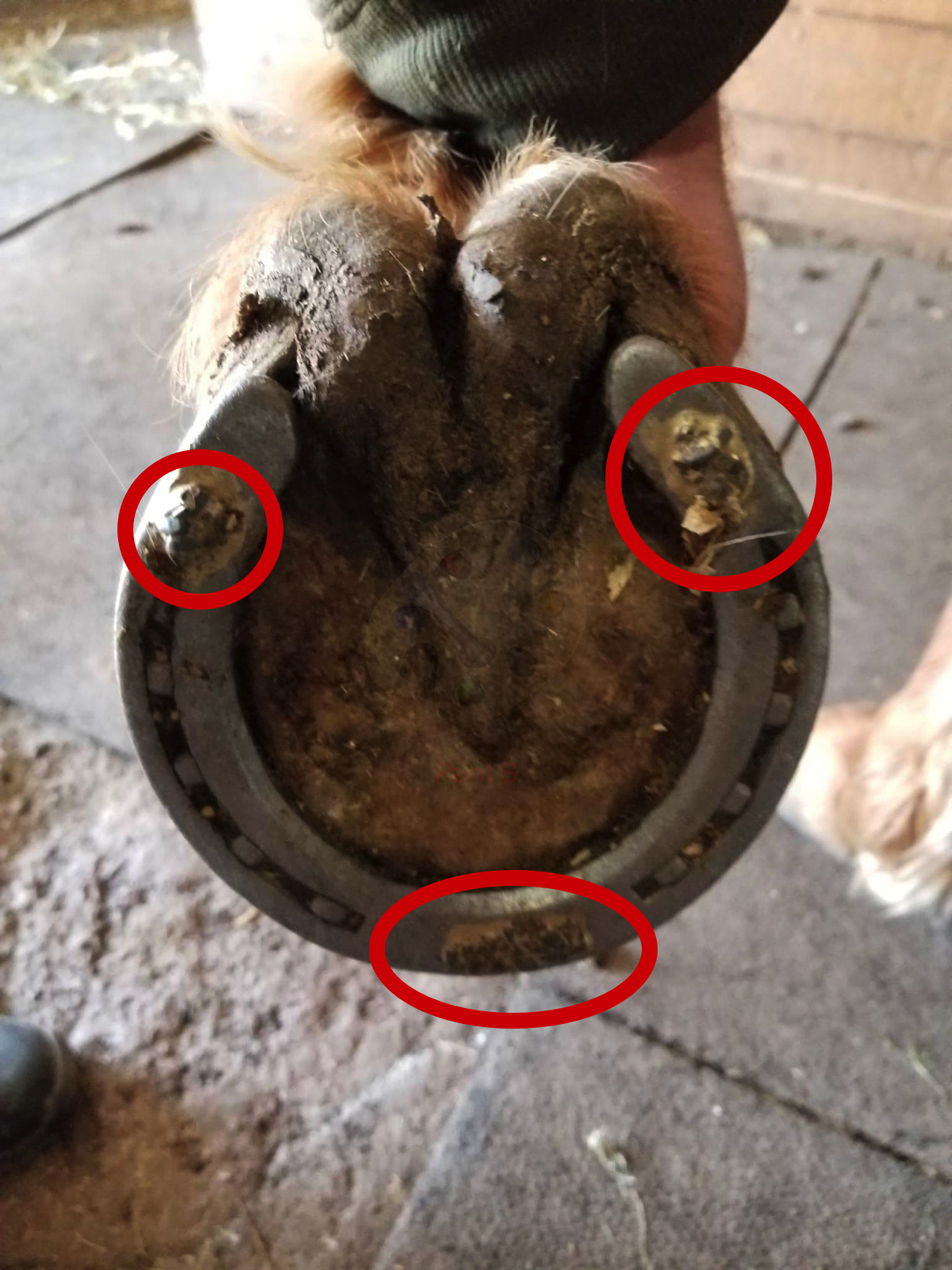
Case Study: Mustangs in the Wild
In a study conducted by the Bureau of Land Management, researchers observed the hoof health of wild mustangs over several years. The findings showed that these horses maintained their hoof integrity without any human intervention, partly due to their continuous movement across challenging terrains which naturally wore and shaped their hooves. This self-maintenance is a stark contrast to domesticated horses, which often live in controlled environments.
Why Domesticated Horses Need Shoes
Domesticated horses have different needs compared to their wild relatives. Due to limited space and varied riding conditions, many domesticated horses require shoes to ensure their health and performance. Understanding these requirements can lead to better care and management practices.
Terrain and Workload
One of the primary reasons horses need shoes is due to the nature of the terrain they are often subjected to. While wild horses traverse soft grasslands and rocky pathways, domesticated horses frequently walk on hard surfaces like roads and arenas. This significant difference can lead to hoof damage without the protection that shoes provide.

Case Study: Quarter Horses in Competitive Events
Consider the American Quarter Horse, a breed renowned for its speed and agility in various competitions. A study examining hoof care among competitors found that horses performing on hard dirt and cement tracks showed fewer injuries and better performance metrics when shod. This highlights the importance of shoes in providing the necessary support and protection for high-impact activities.
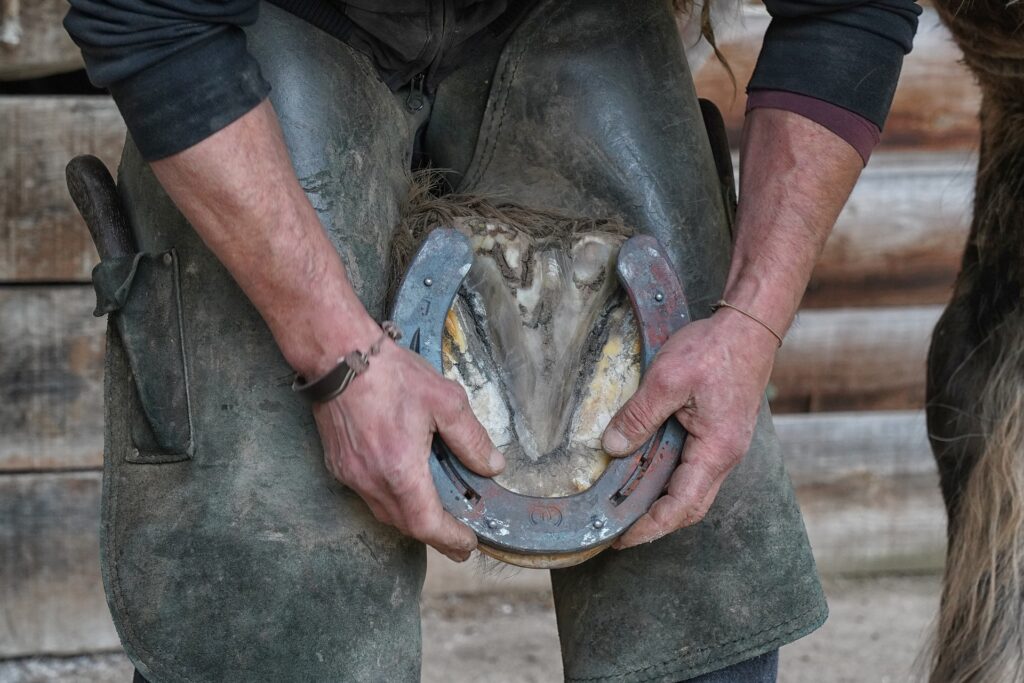
The Pros and Cons of Horse Shoes
| Pros | Cons |
|---|---|
| Improved traction on various terrains. | Can lead to improper hoof growth if not fitted correctly. |
| Protection against wear and tear. | Additional costs for hoof care and shoeing. |
| Support for specific activities (e.g., jumping, racing). | May cause discomfort if not fitted properly. |
| Accommodates hoof issues or deformities. | Requires regular maintenance and replacement. |

Footwear Experiences in the Field
Real-world experiences from horse owners and professionals can illuminate the necessity and effectiveness of hoof care practices. For many, shoeing practices are adapted based on individual horse needs, type of activity, and the horse’s condition.
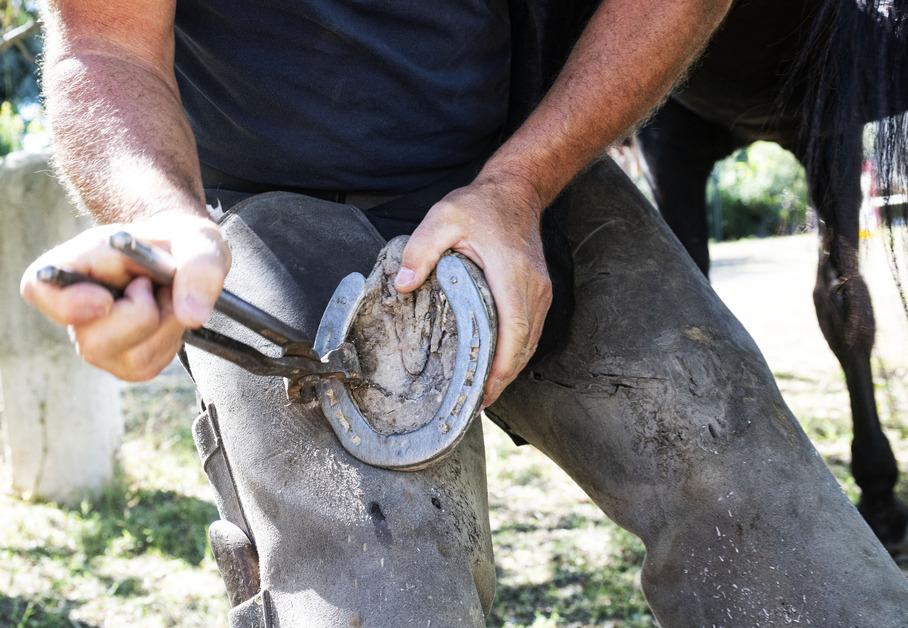
Professional Insights
Farriers, the specialists in equine hoof care, often share their insights regarding the benefits and challenges of fitting horses with shoes. According to master farrier John Smith, “Each horse is unique. A well-fitted shoe can prevent injuries and support performance, but it requires a keen eye and expertise to ensure that it fits well and does not hinder hoof growth.” This highlights the importance of personalized hoof care.
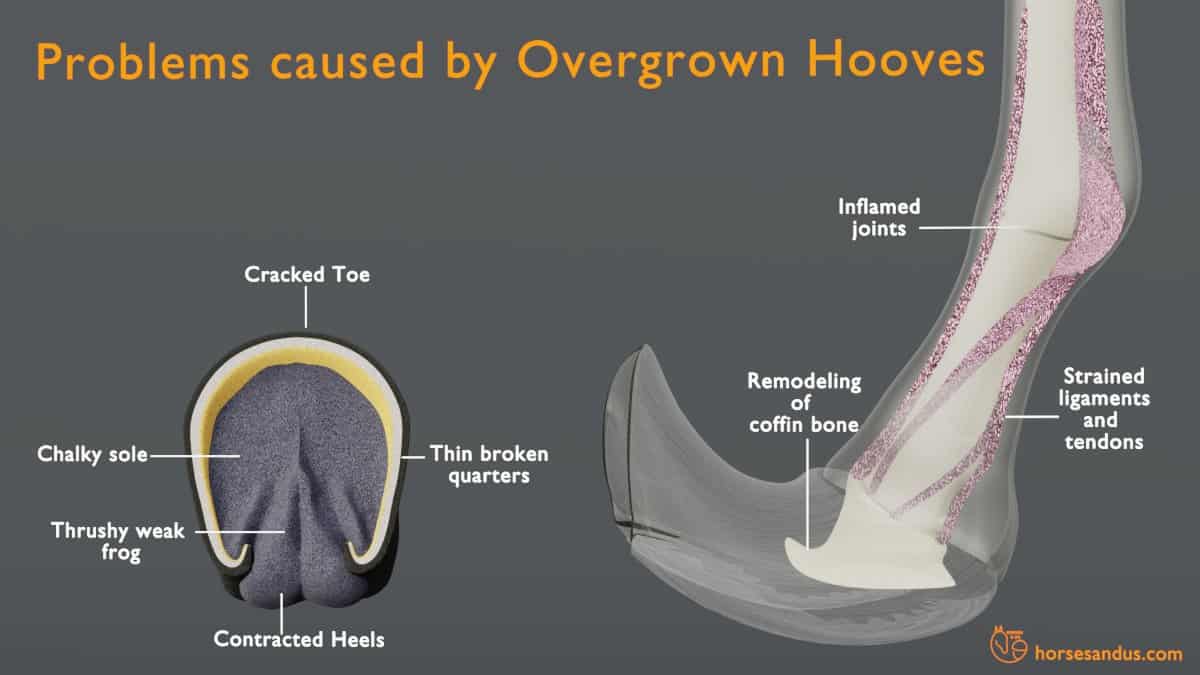
Product Highlights: Types of Horse Shoes
There are various types of shoes available to cater to specific needs:
- Steel Shoes: The most commonly used type, ideal for general use.
- Aluminum Shoes: Lightweight and beneficial for performance horses.
- Glue-on Shoes: Good for horses with foot injuries or sensitive soles.
- Therapeutic Shoes: Designed for horses with specific hoof problems.
FAQs About Horse Shoeing
1. How often should a horse be re-shod?
Typically, horses need shoeing every 6-8 weeks, although it might differ based on individual wear rates and activity levels.
2. Can horses go barefoot?
Yes, some horses thrive without shoes, especially if they are not subjected to hard surfaces or heavy workloads.
3. What are the signs a horse needs shoes?
Look for signs of wear or chipping of the hooves, discomfort while walking, or changes in behavior indicating pain.
4. Are there risks with shoeing?
Improper shoeing can lead to lameness, hoof cracks, and discomfort, underscoring the need for professional care.
5. Can I shoe my horse myself?
While some enthusiasts attempt it, shoeing requires significant knowledge and skill, so it is best left to a professional farrier.
6. What are natural hoof care practices?
Natural hoof care practices include regular trimming and using techniques to manage hoof health without shoes when appropriate.
7. How do you choose the right shoe for your horse?
Consider your horse’s workload, hoof condition, and the type of ground they will be working on when selecting shoes.
8. Can shoeing affect a horse’s performance?
Yes, the right shoes can enhance performance, especially in competitive disciplines where traction and protection are critical.
9. What should I do if my horse loses a shoe?
Contact your farrier immediately for a replacement. In the meantime, avoid hard surfaces to minimize injury risk.
10. Are there alternatives to traditional shoeing?
Yes, options like hoof boots or natural barefoot trimming are alternatives. Consult with a farrier to assess suitability.
11. How can I maintain my horse’s hooves between shoeing?
Regular cleaning, monitoring for cracks or signs of discomfort, and maintaining a healthy diet can help keep hooves in good condition.
Conclusion: Making Informed Decisions for Your Horse
Understanding the needs of domesticated horses compared to wild ones reveals the complexity of hoof care. While wild horses evolve naturally to thrive without shoes, domesticated horses often face conditions necessitating additional support. By making informed decisions and consulting with professionals, horse owners can ensure their equine companions remain healthy, happy, and ready for whatever challenges come their way. Whether you’re a casual rider, competitor, or simply a horse enthusiast, appreciating the nuances of hoof care is essential in supporting the well-being of these magnificent animals.